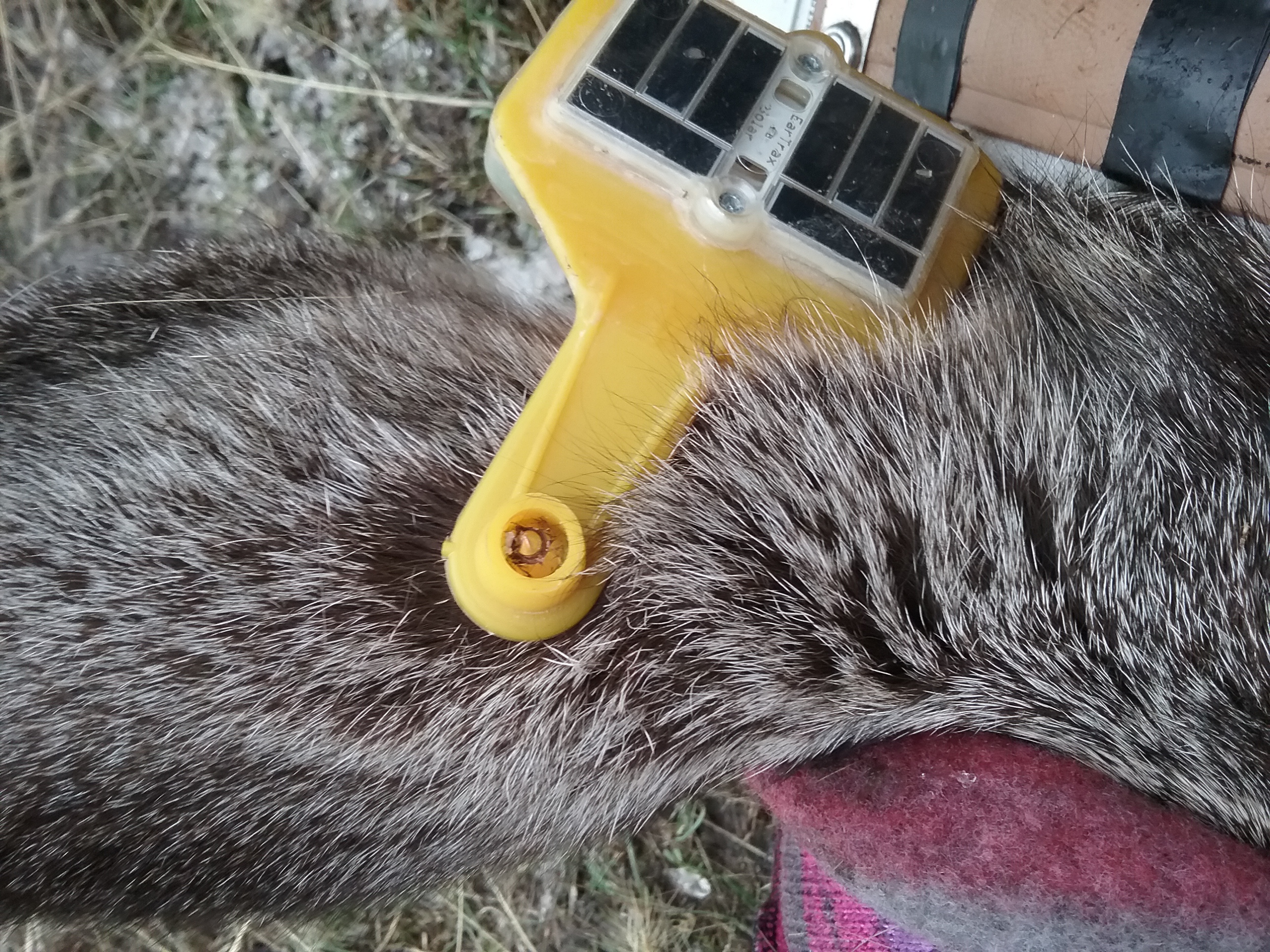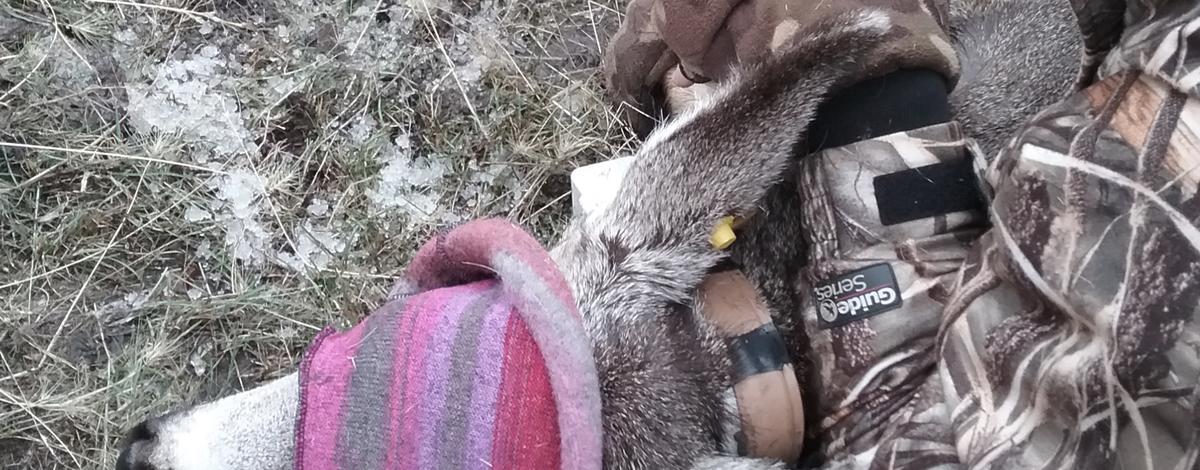Idaho Fish and Game is using "green" power, but not where you might expect it. Mule deer bucks currently roaming the backcountry are sporting solar-powered ear tags that allow biologists to track their movements without worrying about draining a battery in a telemetry collar.
Advanced technology continues to open new doors for wildlife monitoring, and Fish and Game managers and researchers continue to be at the forefront of using that new technology in the field. During winter, they deployed 20 solar-powered, GPS ear tags to bucks in Units 22, 32, and 39.

During the hunting season, the ear tags will record and save locations of tagged bucks every 30 minutes, and that information will be transmitted remotely via existing cellular networks to a Fish and Game database when cell service is available. If cell service isn’t available during one or more of those 30 minute intervals, the location information will be stored locally on a memory card and transmitted the next time the device has service.
Researchers can access the database from their computers or smartphones to monitor the locations, movements and behavior of the tagged animals.
Biologists hope the information from this study will allow them to determine how hunting seasons affect the movement of mule deer bucks, and how wildlife managers influence mortality with the hunting season, said Mark Hurley, Fish and Game’s wildlife research manager.
“From a management perspective, we are trying to figure out how we can we optimize hunting without over-harvesting our bucks,” Hurley said.
Fish and Game biologists have for years used GPS collars to monitor mule deer fawns and does. Biologists capture and collar fawns and adult does annually each winter. For the female fawns, the collars are designed to stay on the animal into adulthood. They are cushioned with foam that is compressed and eventually degrades. The collars remain tight — but not too tight — as the female fawns grow.
For male fawns, however, the collars are stitched together with surgical tubing and designed to fall off when the animal is about a year old. There is a biological reason for that: Throughout a year, the circumference of an adult buck’s neck can vary significantly.
During the rut, the circumference can increase up to 50 percent before shrinking back to normal, which makes keeping collars on bucks difficult. While biologists have used telemetry collars on adult bucks in past studies, the durations of those studies have been short.
The new ear tags solve the problem of swelling necks in adult bucks, and because the tags are solar charged, they also enable biologists to affix a GPS device to bucks when they are fawns and continue to monitor them throughout their lives.

There are tradeoffs with the ear tags. Out of necessity, the ear tags are light and compact — meaning there’s no room for the kind of big battery that powers Fish and Game’s telemetry collars. Instead, the tags have a much smaller, solar-charged battery. The smaller battery doesn’t have enough “oomph” to remotely transmit data back to researchers via satellite like the collars do, which is why they rely on a cellular network to do so.
Cell service is hard to come by in much of the country these deer are roaming. The tags compensate for that by storing data locally, and transmitting it to researchers if and when they eventually find service. Like the collars, the tags will send out a “mortality signal” when it hasn’t moved for an extended period of time. If the animal dies in an area without cell service, however, there could be challenges locating it.
For that reason, Hurley said researchers will rely on hunters to return some of the ear tags after they’ve harvested bucks fitted with them, so researchers can pull the location data from those devices.
No matter the type of device, tracking and transmitting location data comes at a cost: The more often GPS devices log and send locations to biologists, the quicker the battery is depleted. When the big batteries on collars run out of juice, that’s it — at least until biologists can recover the collar, replace the power supply and redeploy it.
With an ear tag, a miniature solar panel continually recharges its smaller battery — giving it a shelf life of four to five years, researchers estimate, even when it's logging locations more often than a GPS collar.

